Plant Trees
Plant trees for impact and help restore ecosystems around the world! Plant a Tree!
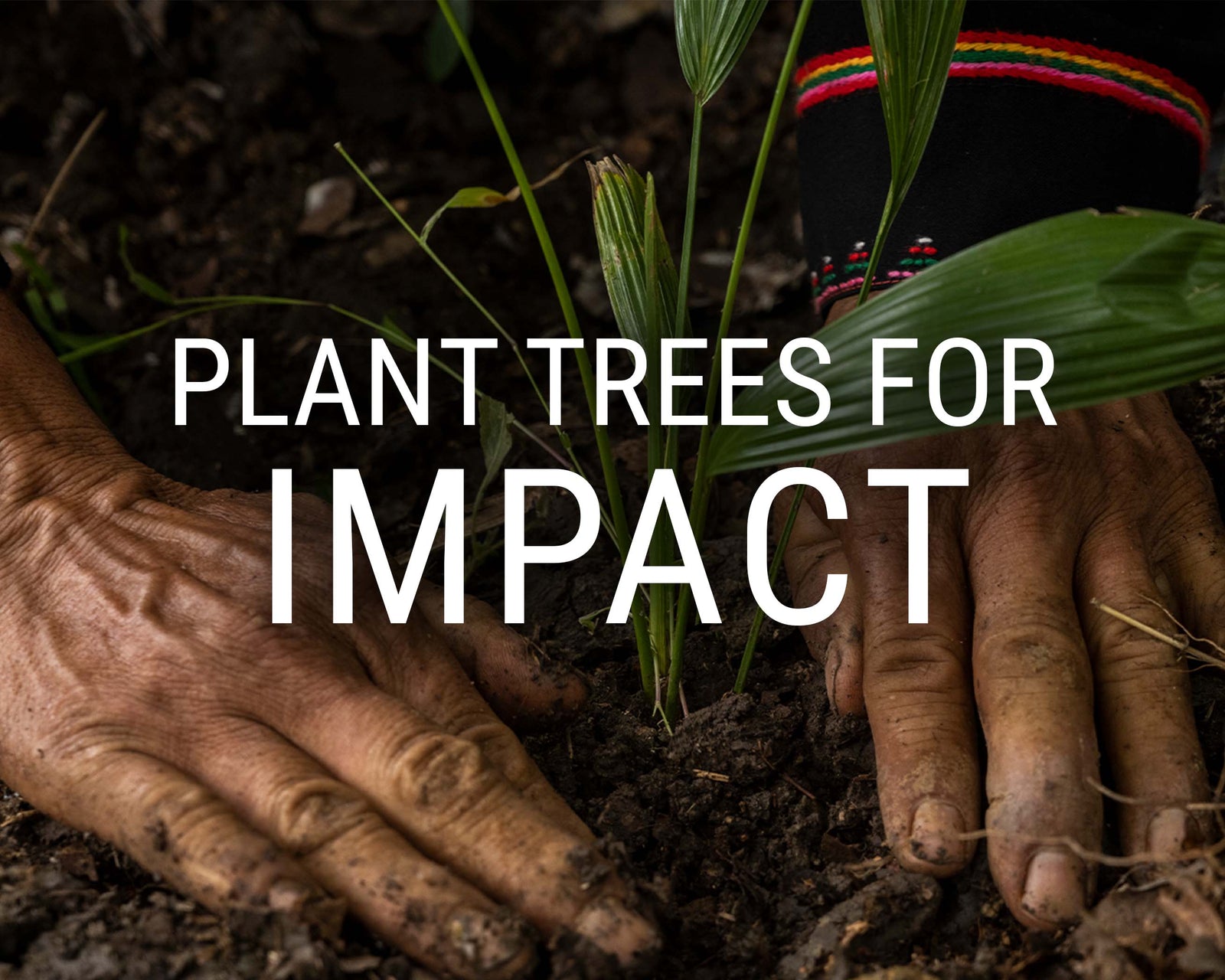
Plant trees for impact and help restore ecosystems around the world! Plant a Tree!
About
Stay up to date on major announcements, exciting collaborations, and more. Visit our Newsroom
We make it simple for anyone to plant trees, and together we can make an incredible impact. Learn more
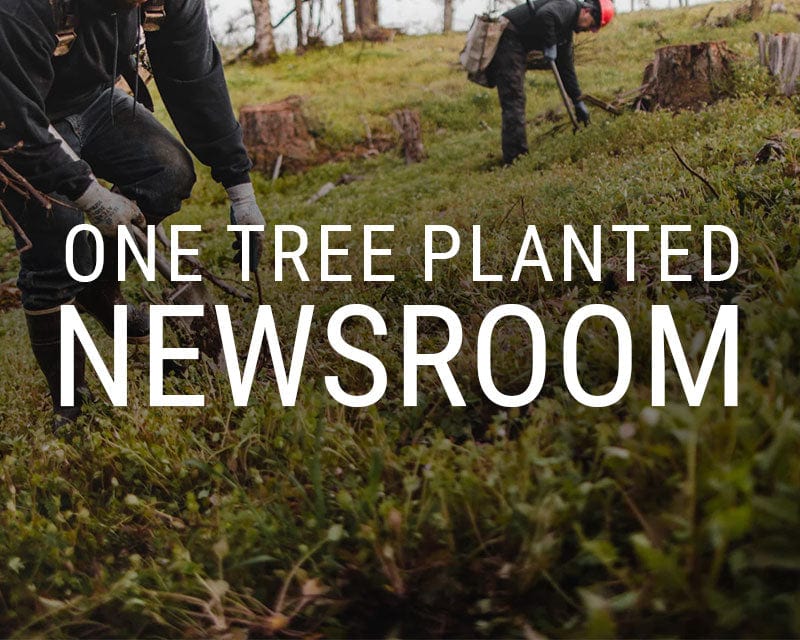
Stay up to date on major announcements, exciting collaborations, and more. Visit our Newsroom

We make it simple for anyone to plant trees, and together we can make an incredible impact. Learn more
Get Involved
Become a business partner to improve your company’s sustainability initiatives and make an impact. Learn more
See how your support and leadership can help us fund reforestation efforts across the globe. Learn more

Become a business partner to improve your company’s sustainability initiatives and make an impact. Learn more
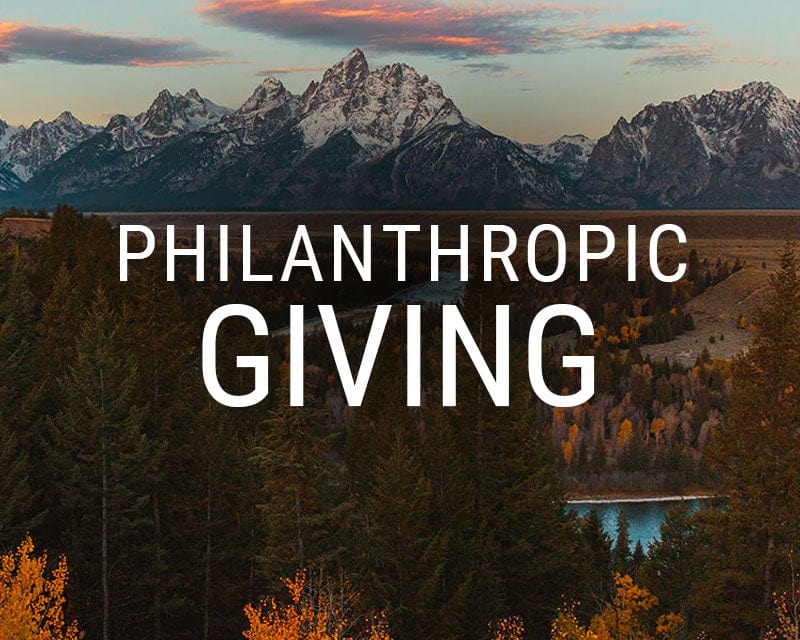
See how your support and leadership can help us fund reforestation efforts across the globe. Learn more
Learn
Read about stories from the field, interesting facts about trees and get your healthy dose of nature. Visit our blog
Comprised of lesson plans, learning modules, resources, and activities, our T.R.E.E.S. School Program is the perfect addition to your curriculum. Learn more
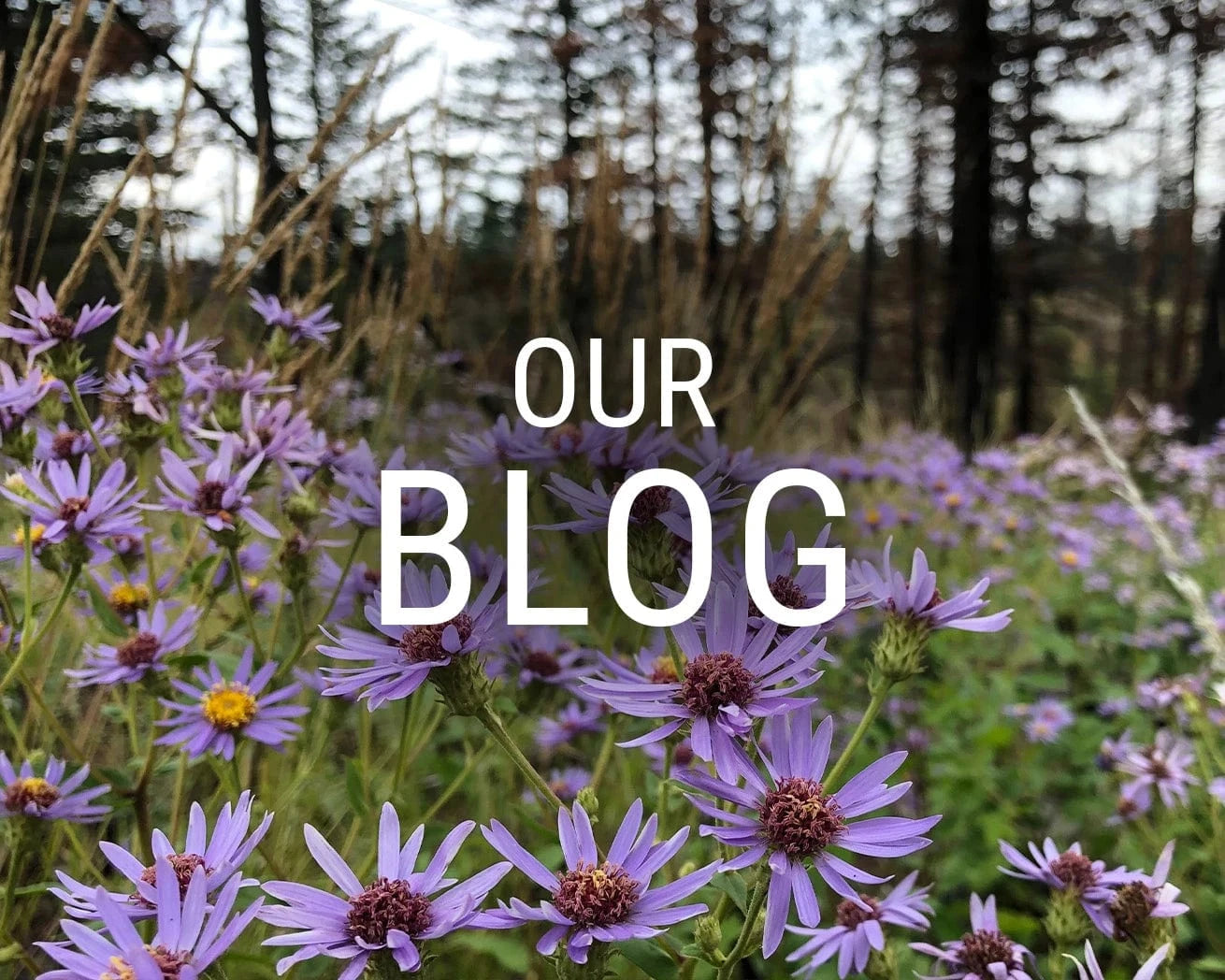
Read about stories from the field, interesting facts about trees and get your healthy dose of nature. Visit our blog
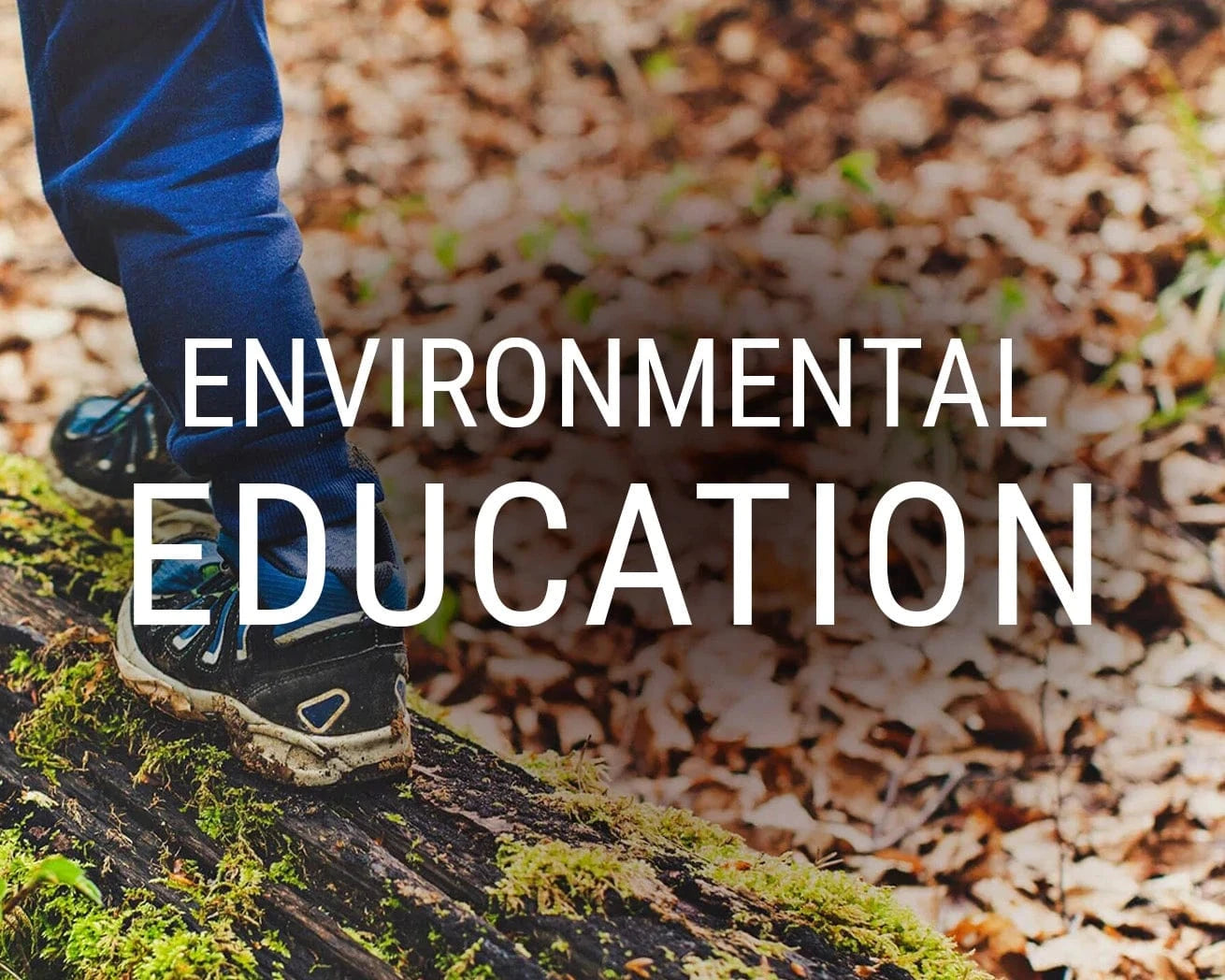
Comprised of lesson plans, learning modules, resources, and activities, our T.R.E.E.S. School Program is the perfect addition to your curriculum. Learn more
Shop
Our fan-favorite Reforestation T-Shirt. Wear it with pride to show your support of reforesting our planet, one tree at a time. Shop now
Give the gift that lasts a lifetime! Choose an image, write your personalized message and select a delivery date to gift a tree. Gift a tree
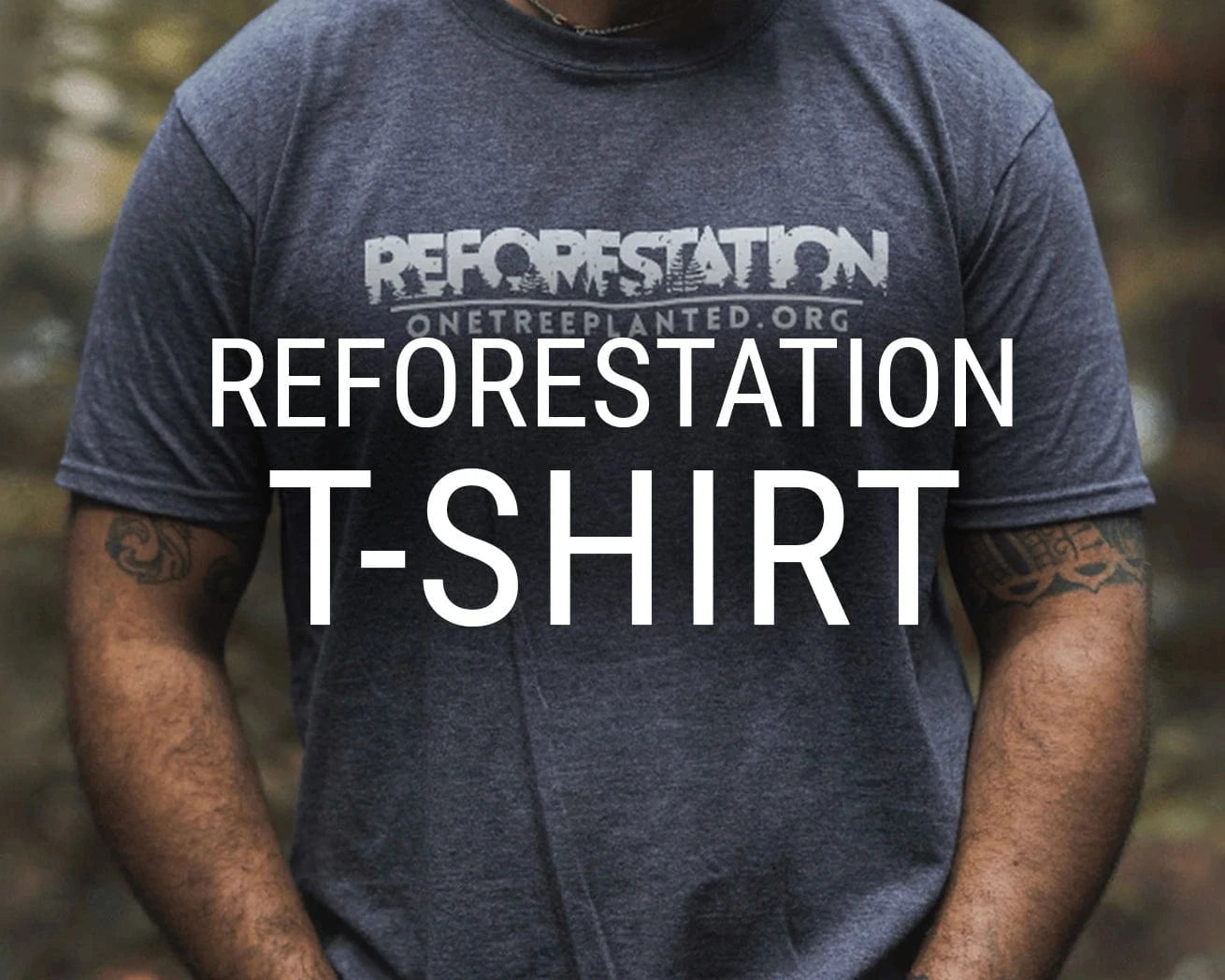
Our fan-favorite Reforestation T-Shirt. Wear it with pride to show your support of reforesting our planet, one tree at a time. Shop now
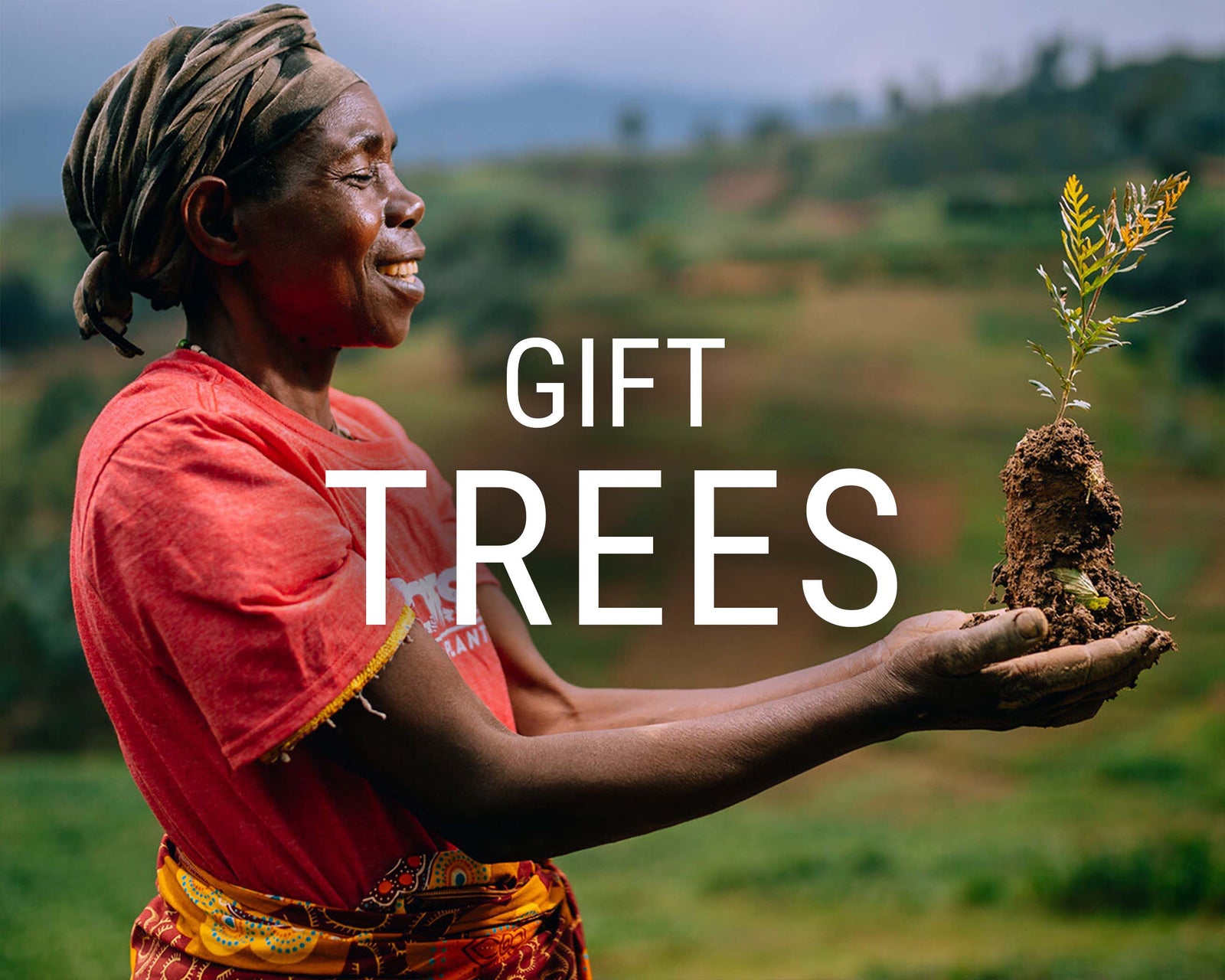
Give the gift that lasts a lifetime! Choose an image, write your personalized message and select a delivery date to gift a tree. Gift a tree
Get Involved
Plant Trees
Get news, updates, & event Info delivered right to your inbox:
When you think about reforestation, bamboo may not be the first thing that comes to mind. And it’s true that bamboo isn’t technicallya tree — but planting and cultivating it is no less beneficial for people and the environment. Indeed, as the fastest growing grass on the planet, bamboo has incredible potential as a sustainable resource. Its woody stem makes it very tree-like, yet it also has unique properties. That's why one of our projects involves planting bamboo!
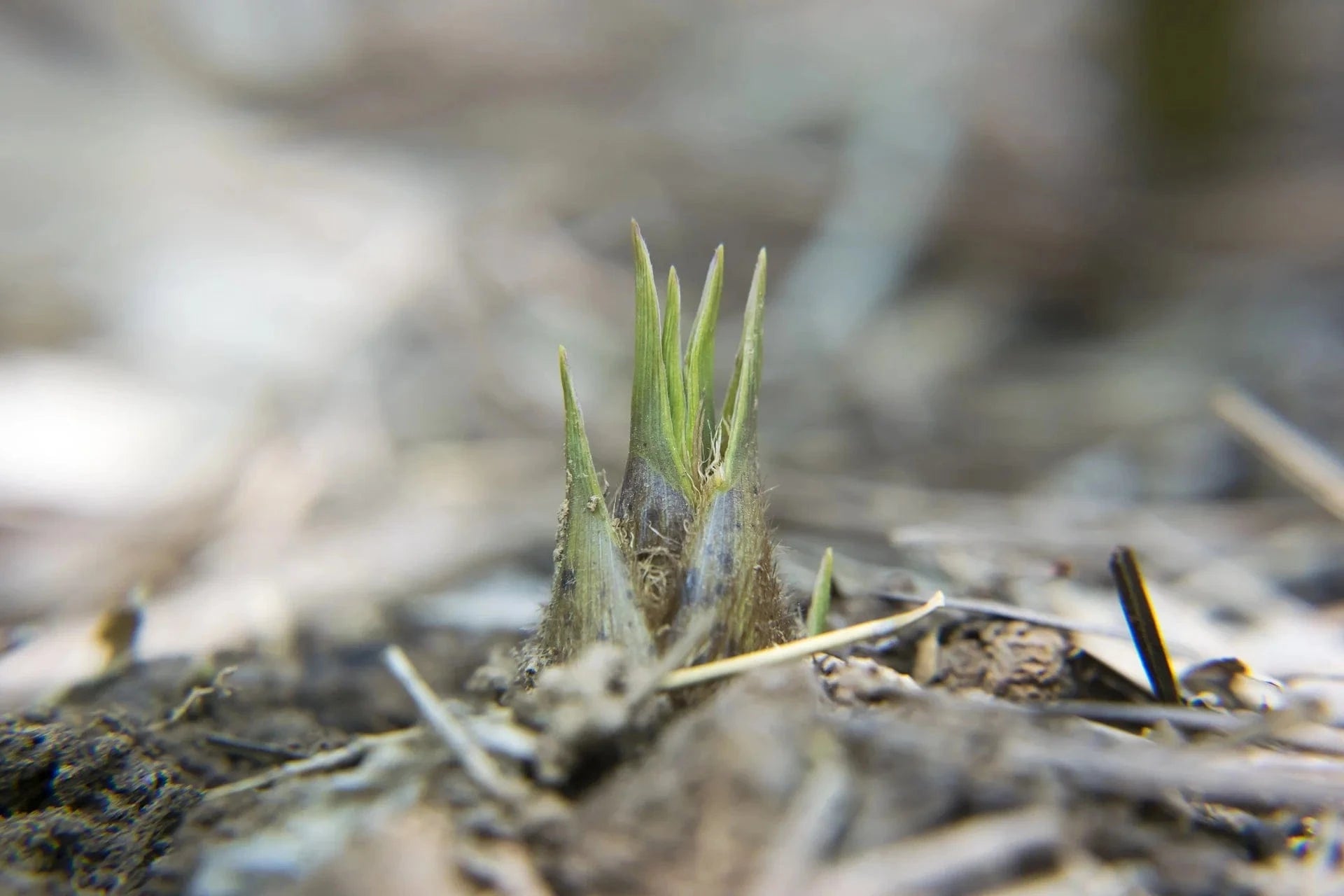
1. Bamboo Grows Fast - Like Really Fast
According to Guinness World Records, some species of bamboo can grow up to 2.91 ft/day — or, 1.5 inches/hr! So if you sit long enough with a bamboo culm, it might just grow before your eyes!
How does bamboo grow? As a colony plant, it uses its energy to expand its roots and grow more shoots in the spring. These shoots emerge out of the ground to grow taller and wider for around 60 days. After 60 days, the canes stop growing altogether, and energy is directed back to the roots for the development of further canes.
This is where bamboo differs from most other flora, which put their energy into continued growth of the original stem. Once bamboo is established (usually after 3 years), the new shoots that emerge each spring will continue to get bigger and bigger. Pretty cool, right?
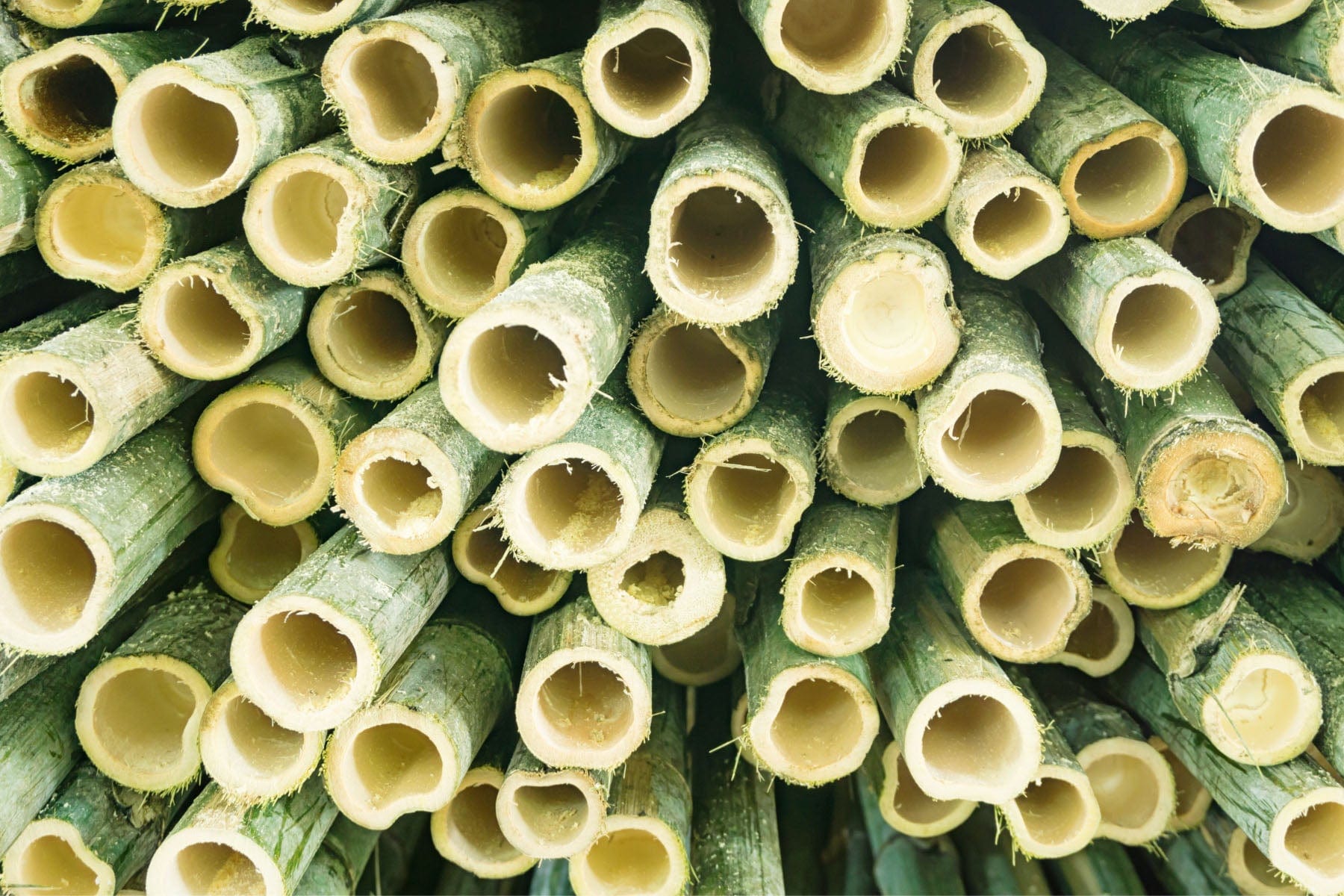
2. Bamboo Has Regeneration Superpowers
No, really! Cutting bamboo actually stimulates growth. How does this work? Well, rather than directing energy towards regaining its lost height, a cut bamboo stalk will simply unfurl new leaves.
These leaves, in turn, create and send energy down to the root system to encourage the growth of new shoots. The more that gets harvested, the faster it grows. That makes bamboo an incredible renewable resource that can be harvested and will regrow naturally.

3. Bamboo Can Sequester A Lot of Carbon
Bamboo’s incredible growth rate is impressive, and some of the reasons are less obvious — including its powerful carbon sequestration potential. When properly managed and intensively harvested, bamboo can sequester up to 1.78 tonnes of CO2 per clump per year. This translates into a CO2 drawdown curve that’s up to 10X faster than that of woody trees. That's HUGE!
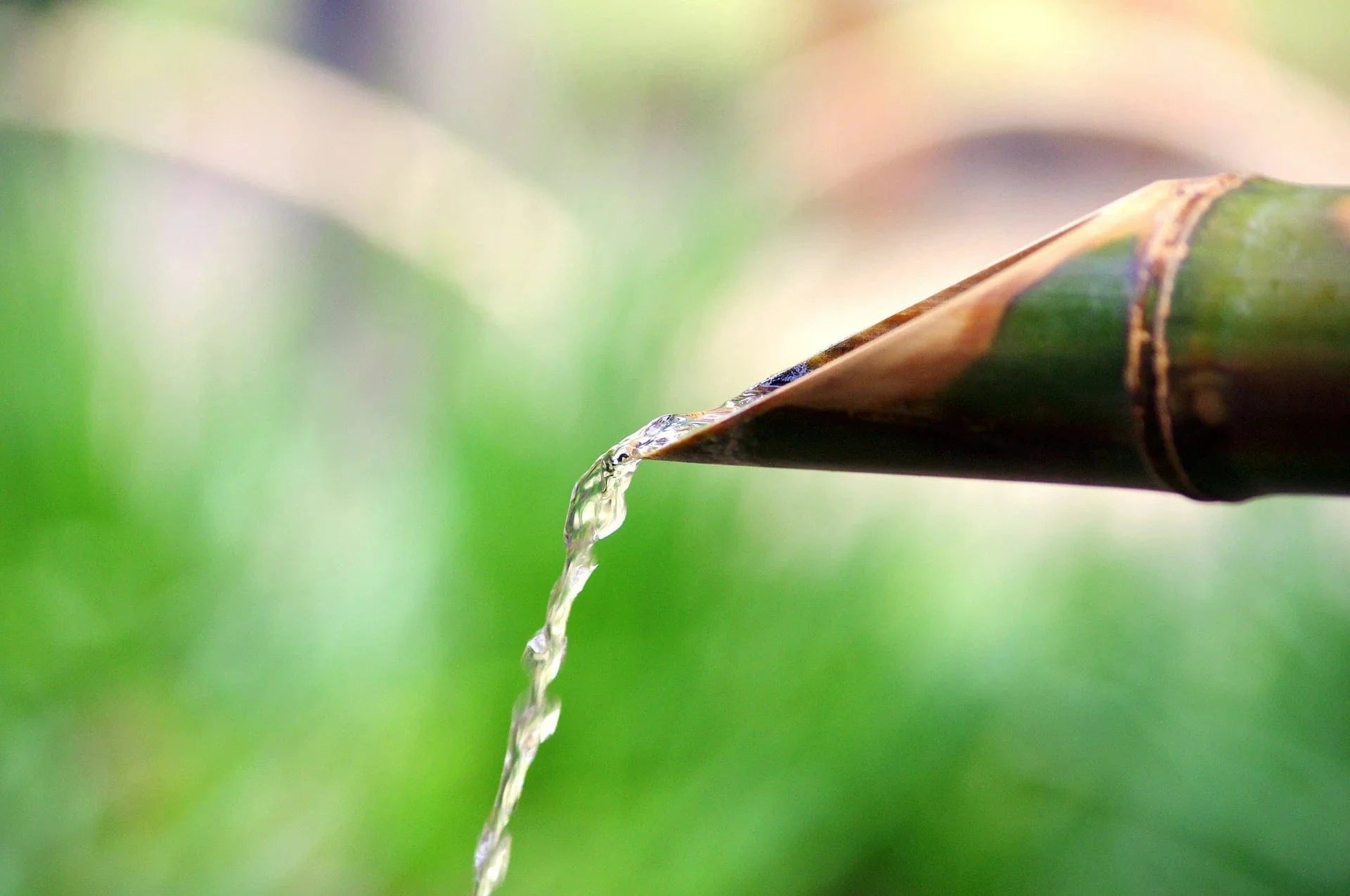
4. Bamboo Filters and Slows the Flow of Water
Dense bamboo roots form a water barrier, and are used by coastal villages to protect their crops from getting washed out by rising water tables. And thanks to this barrier, bamboo can effectively filter organic matter (including soil nitrogen), leading some scientists to explore it as a sustainable wastewater treatment option.
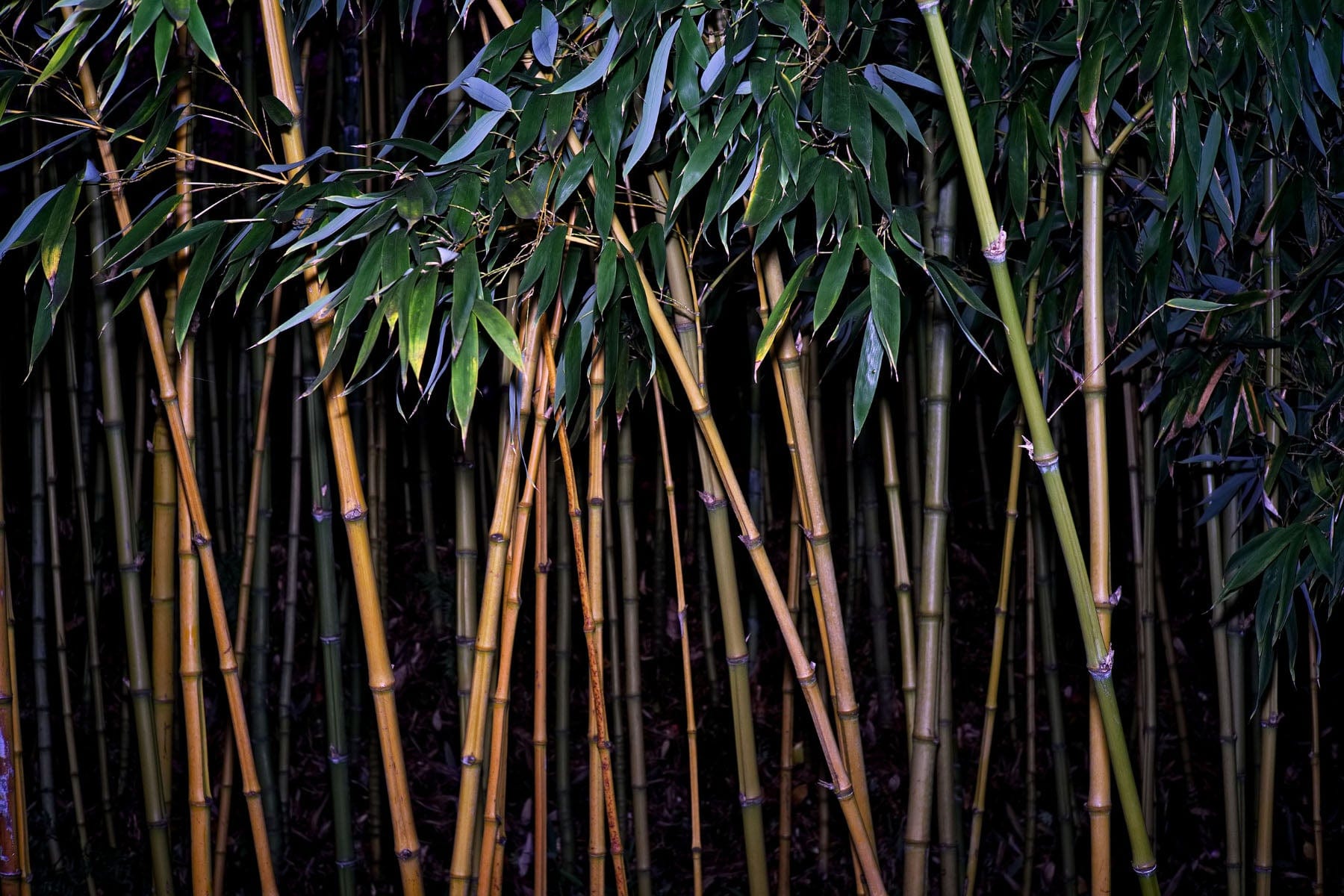
5. Bamboo is Virtually Fire-Proof
Because it contains large amounts of silicate acid, bamboo is abnormally flame resistant. This is good news in fire-prone regions of the world, where other tree and grass species are regularly devastated by wildfires. Incorporating clumping bamboo into tropical reforestation efforts, then, can protect the long-term viability of projects.
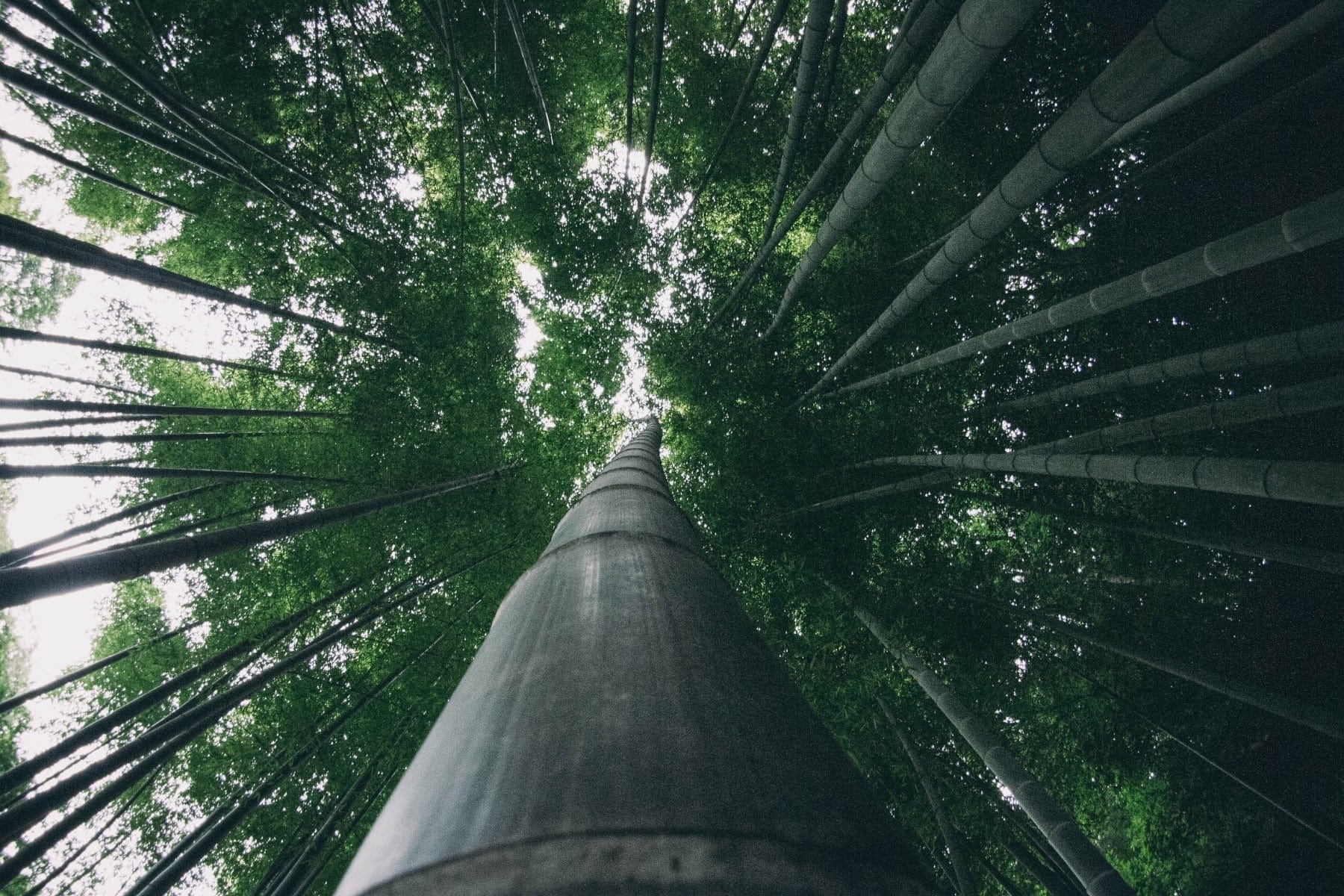
6. Bamboo is Really Strong and Flexible
Which makes it an incredible, environmentally friendly building material — especially in earthquake-prone regions. In this regard, bamboo has been prevalent since the beginning of humanity, and has been used in place of wood, bricks, steel, and more. In fact, in some countries, bamboo stalks are used to build scaffolding. If we used bamboo for more construction purposes, we would save many trees and primary forests from deforestation.
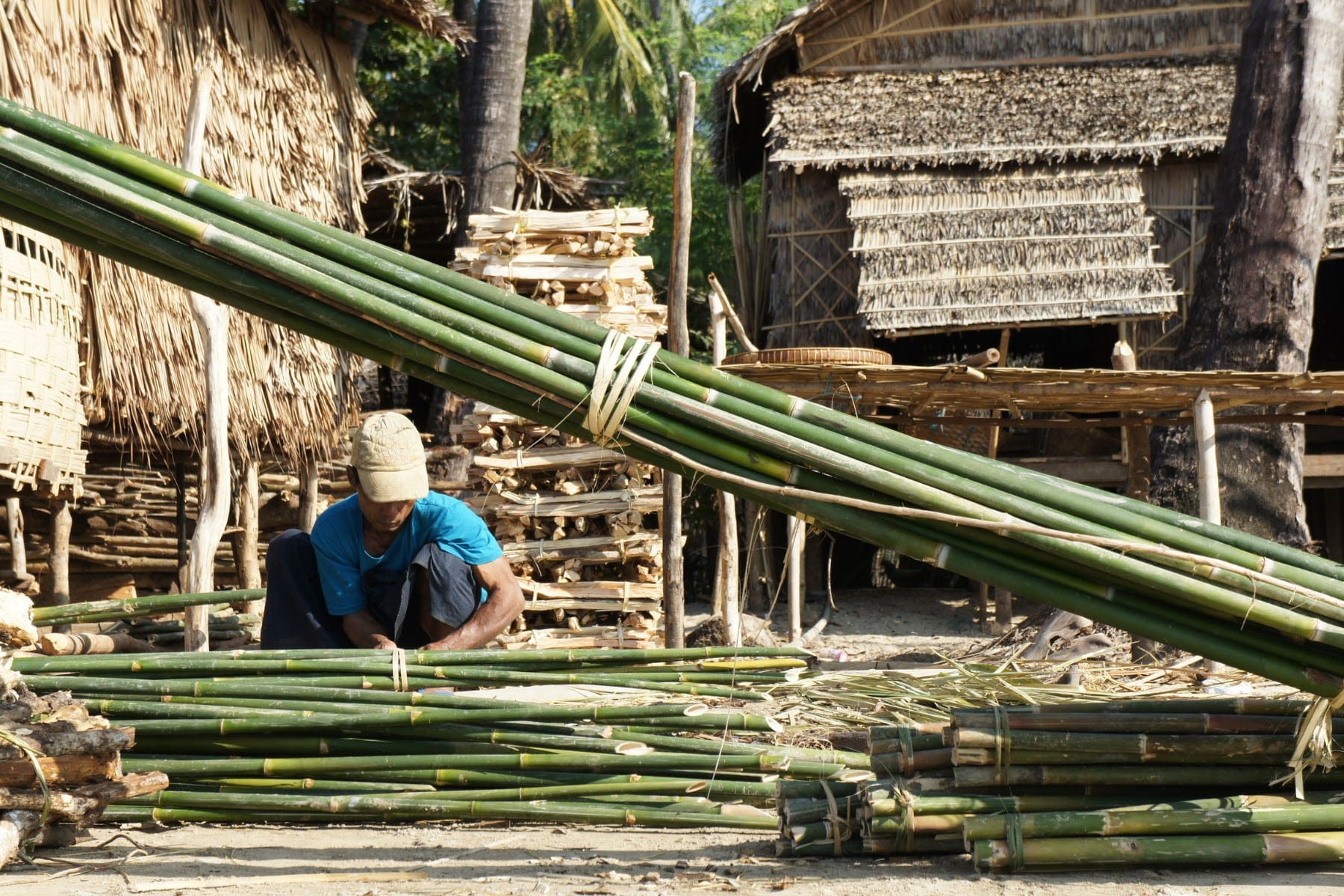
7. Bamboo Helps to Hold the Soil Together
Because bamboo is a grass, it has a very shallow root system — with rhizomes only populating the top 6 inches of the soil. The rest of the roots only spread around 14 inches deeper. But because the roots are so densely clumped, they do a great job at holding the top layer of the soil together, thus preventing soil erosion.
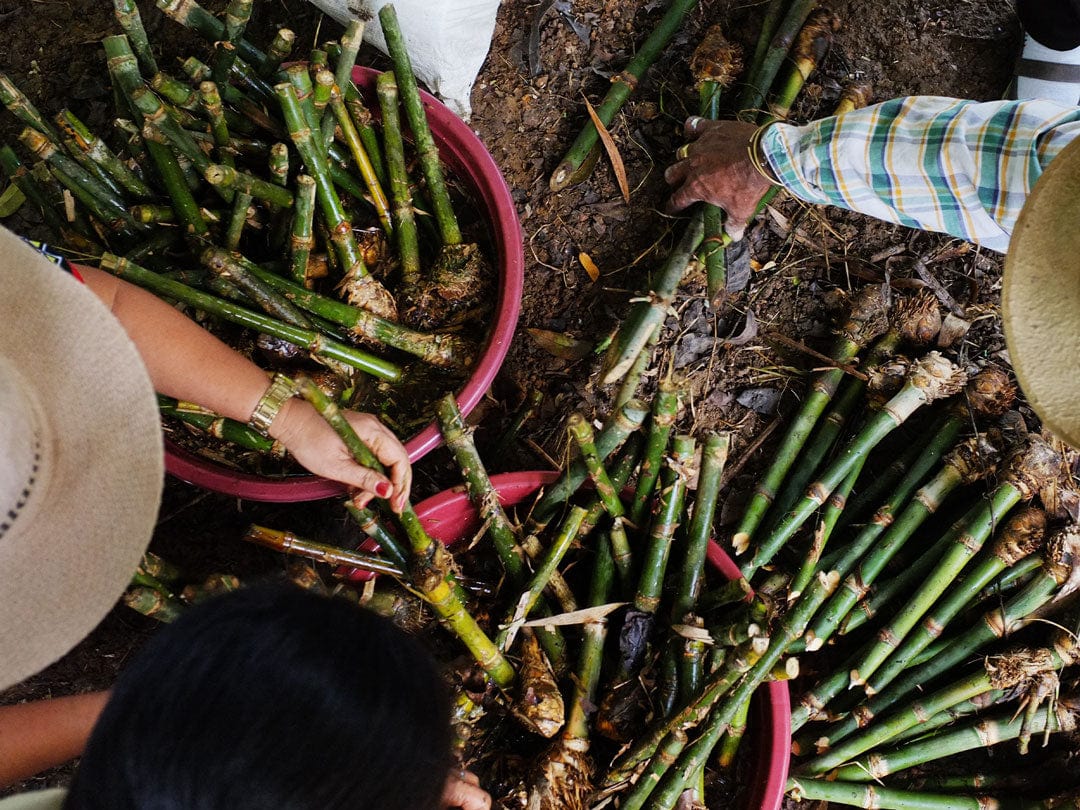
8. Bamboo Helps Women Economics
Seriously! The light weight of bamboo allows women to participate in the bamboo economy, giving them access to a potentially lucrative source of income. This increased economic security and standing can help secure them a place in decision-making in political, economic and public life. Some examples of products they can make with this self-sustaining resource are: bamboo briquettes, bamboo flooring, charcoal, incense sticks, and furniture. Pretty amazing, right?
Is Bamboo Invasive?
It depends on which type we’re talking about. In running bamboo,the rhizome grows horizontally away from the culm, and can indeed spread rapidly over large areas of land.
However, the rhizomes of clumping bamboogrow vertically, spreading upward and growing directly off of each other. Above-ground, this causes the new shoots to “clump” together — and thankfully, that means it isn't invasive.
It also depends on where you are and whether bamboo grows naturally in the region. It is native to tropical, sub-tropical, and temperate climates and is most common in Asia and South America, although it also grows in areas of Australia, Africa, and in the southern United States.
In our tree planting projectsthat include bamboo, we always plant clumping bamboo, allowing us to reap all of its amazing benefits without risking unintended harm — a win-win for the planet.
Want to learn more about how we are sustainably planting bamboo and facilitating cutting-edge research on carbon sequestration? Check out our Philippines project to plant bamboo with us today!
Get news, updates, & event Info delivered right to your inbox:
Meaghan Weeden
Meaghan works to share our story far and wide, manages our blog calendar, coordinates with the team on projects + campaigns, and ensures our brand voice is reflected across channels. With a background in communications and an education in environmental conservation, she is passionate about leveraging her creativity to help the environment!
Related Posts
15 Amazing Trees to Remind You Why Nature is Awesome
01/08/2023 by Meaghan Weeden
Good News! 7 Positive Environmental News Stories From July 2023
27/07/2023 by Gabrielle Clawson
5 Important Tree Species You Need to Know
27/07/2023 by Gabrielle Clawson
Popular On One Tree Planted
8 Amazing Bamboo Facts
18/07/2023 by Meaghan Weeden
Inspirational Quotes About Trees
11/07/2023 by Meaghan Weeden
27 Ways to Prevent Climate Change
13/06/2023 by Meaghan Weeden




